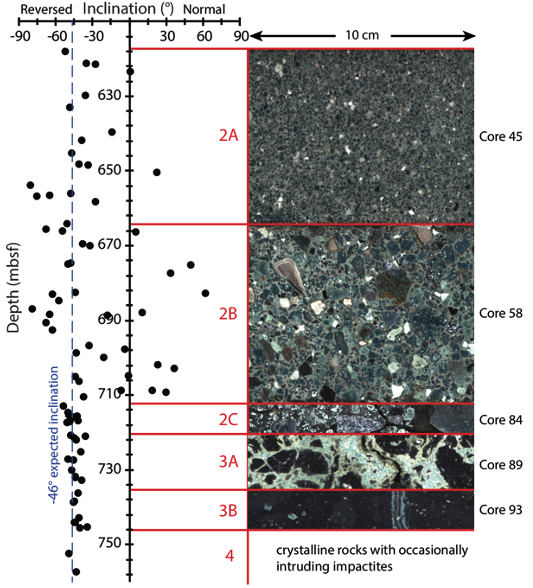Co-evolution of Life and Planet

Current evidence indicates that life initiated on Earth just as soon as physical conditions permitted. We know that Earth-like planets are common in our Milky Way galaxy. But is there life on these planets, or is life on our Earth a unique phenomenon? Mars may also once have been habitable. Europa and Enceladus may hide oceans of liquid water below their icy surfaces. Are any of these locations suitable habitats for life? What physical conditions does life require to start and to flourish, and where are the settings to find such conditions?
These are the questions at the focus of Co-Evolution of Life and Planet.
Grant Funding:
Funding Agency:
Project Title:
Investigators:

NASA Exobiology
The potential of position-specific isotope analysis for life detection
Cornelia Rasmussen (UT Austin)
David Hoffmann (UT Austin)
Eric Anslyn (UT Austin)

NASA
Uncrewed Aerial Vehicles for Planetary Surface Exploration: Research, Outreach and Teaching
Timothy Goudge (UT Austin)
NASA Habitable Worlds
Assessing the habitability of post-impact hydrothermal systems using the Chicxulub crater as a natural laboratory
Sonia Tikoo (Stanford)
Sean Gulick (UT Austin)
Marc Hesse (UT Austin)
Cornelia Rasmussen (UT Austin)
David Kring (LPI)

CPSH – 2020 Seed Grant
Examining the relationship between continental weathering and Earth’s Great Oxygenation Event (GOE)
John Lassiter (UT Austin)
Aaron Satkoski (UT Austin)

CPSH – 2020 Seed Grant
First steps towards quantifying habitability across the end-Triassic extinction in terrestrial ecosystems (Colorado Plateau, Round Rock, Arizona)
Cornelia Rasmussen (UT Austin)
Randall Irmis (University of Utah)
John Geissman (UT Dallas)

CPSH – 2020 Seed Grant
Identifying the microbiome associated with the Breezeway bio-mediated speleothems
Nicola Tisato (UT Austin)
Carole Lakrout (UT Austin)
Nathan Jones (UT Austin)

